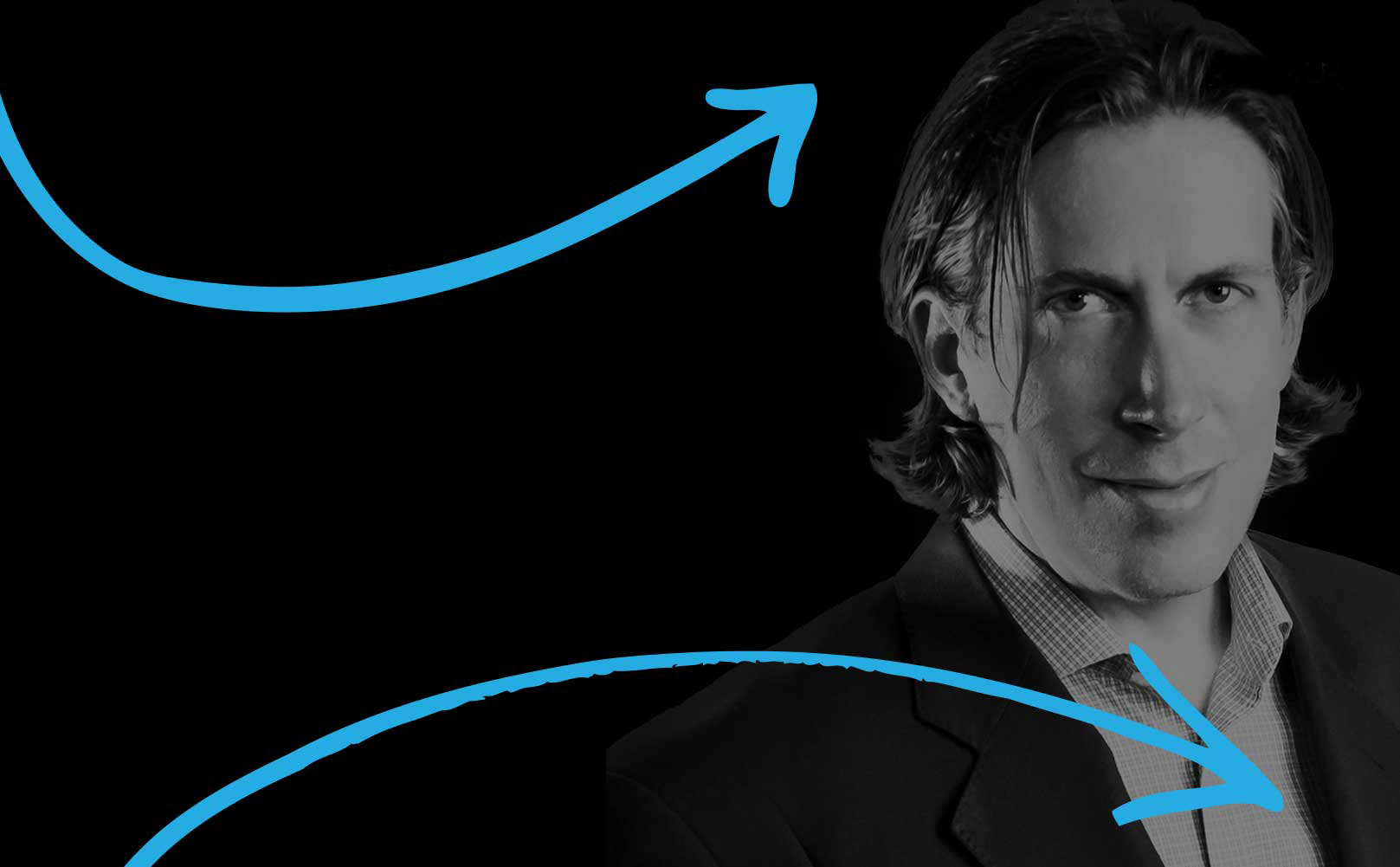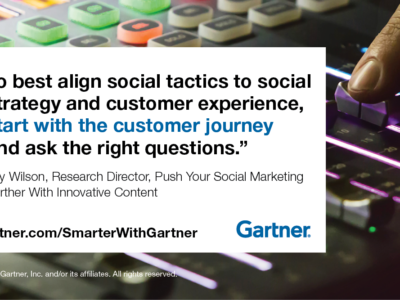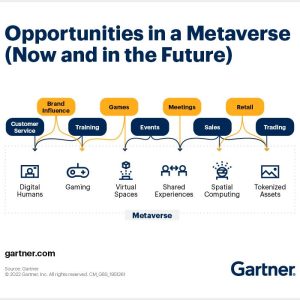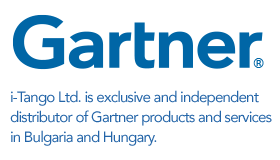Jay Wilson discusses social marketing’s new found maturity, brand rapping at midnight, and learning to respond at “stopwatch speed.”
Contributor: Chris Pemberton
One night in Australia, Jamie McGloin went on a Facebook rant about Woolworth’s store-brand spaghetti. Fortunately, the local supermarket chain had someone on the case who recognized that Jamie was spoofing the lyrics from Eminem’s Lose Yourself and rapped back with references to another Eminem hit, The Real Slim Shady. Nearly 70,000 people liked the rap “battle” on Facebook, which emulated the famous scene in the film 8 Mile. This type of earned, organic reach is the stuff of legend. For Woolworths and other brands investing in social marketing, it is the result of hard work and careful planning, noted Jay Wilson, research director, Gartner for Marketing Leaders.
We recently asked Jay to share his views on social marketing, the role of digital agencies and how companies can improve ROI measurement. Here are some highlights:
Legacy processes slow social opportunities
After working for nearly 20 years in the marketing agency industry, Jay leverages this experience as he advises Gartner clients how best to work with agencies and how agencies can be great client partners. He noted that the shared processes for responding quickly to social opportunities is often hindered by legacy processes. “Many brands and digital agencies still rely on old creative development processes. Typically you would get a client input brief, craft a piece of creative, send it through 2-3 rounds of review, bring it to the client, get sign off, go to legal, and the next thing you know, it’s 5-6 days later and the opportunity is missed,” he said.
Social grew up as an experimental channel but now is viewed as one of the most effective channels.
On generating social marketing ROI
In 2015 Gartner released the Multichannel Marketing Survey results which found that marketers rank social marketing as the most effective channel “almost across the board on customer journey but particularly for building brand awareness and advocacy” Jay remarked that “social grew up as an experimental channel but now is viewed as one of the most effective channels.”
But there’s a problem with social marketing’s new found maturity.
“Marketers believe it is an effective channel and are spending more on it (10 percent now rising to 25 percent in two years) but conversely, only about 56 percent are able to or even attempt to demonstrate ROI from social marketing.”
Jay noted that it’s different for every organization. “It’s pretty easy for those in customer service to demonstrate ROI of social. For retailers, it’s about driving online sales or store traffic and financial institutions might look at mitigating risk.” It can be more challenging to prove ROI for brand awareness.
One of the factors that makes this difficult is the need to act and respond in minutes, not days.
Operating at “stopwatch speed”
Like Woolworth’s, brands that respond at what he calls “stopwatch speed” can own the conversation. Jay described Chevrolet’s #technologyandstuff campaign as a case in point about powerful ways for responding quickly to social marketing opportunities. After an on-air gaffe where a Chevy spokesman introduced the all new Colorado truck as having lots of “you know, uh, technology and stuff,” social media began to explode with ridicule. Rather than shy away from the conversation, the brand embraced it, quickly creating a hashtag for the term to lead the conversation and drive traffic to their website. Chevy ultimately owned 70 percent of social conversations related to “trucks.”
Brands have to “identify trends quickly, have a plan to react, put together content in response and then measure. You need those four processes in place to do something like Chevrolet,” Wilson said. “This is one of the areas where social marketing is heading.”
Brands that respond at “stopwatch speed” can own the conversation.
A smokescreen and a game changer
Social marketing can be both a smokescreen and a game changer. Jay explained that “a travel brand was getting 10,000 customer surveys daily from surveying travelers, but reacted to that data in 1-2 weeks, much more slowly than (how fast they reacted to) 1-2 tweets.”
The real-time nature of social was diverting attention from a more accurate data set of customer experiences. Moving forward, cognitive computing and predictive analytics eventually will help marketers move from looking in the rearview mirror to having better insight of future opportunities.
You can access Jay Wilson’s blog and an overview of his digital marketing expertise on Gartner for Marketing Leaders.
For more articles on Marketing visit Smarter with Gartner website.










